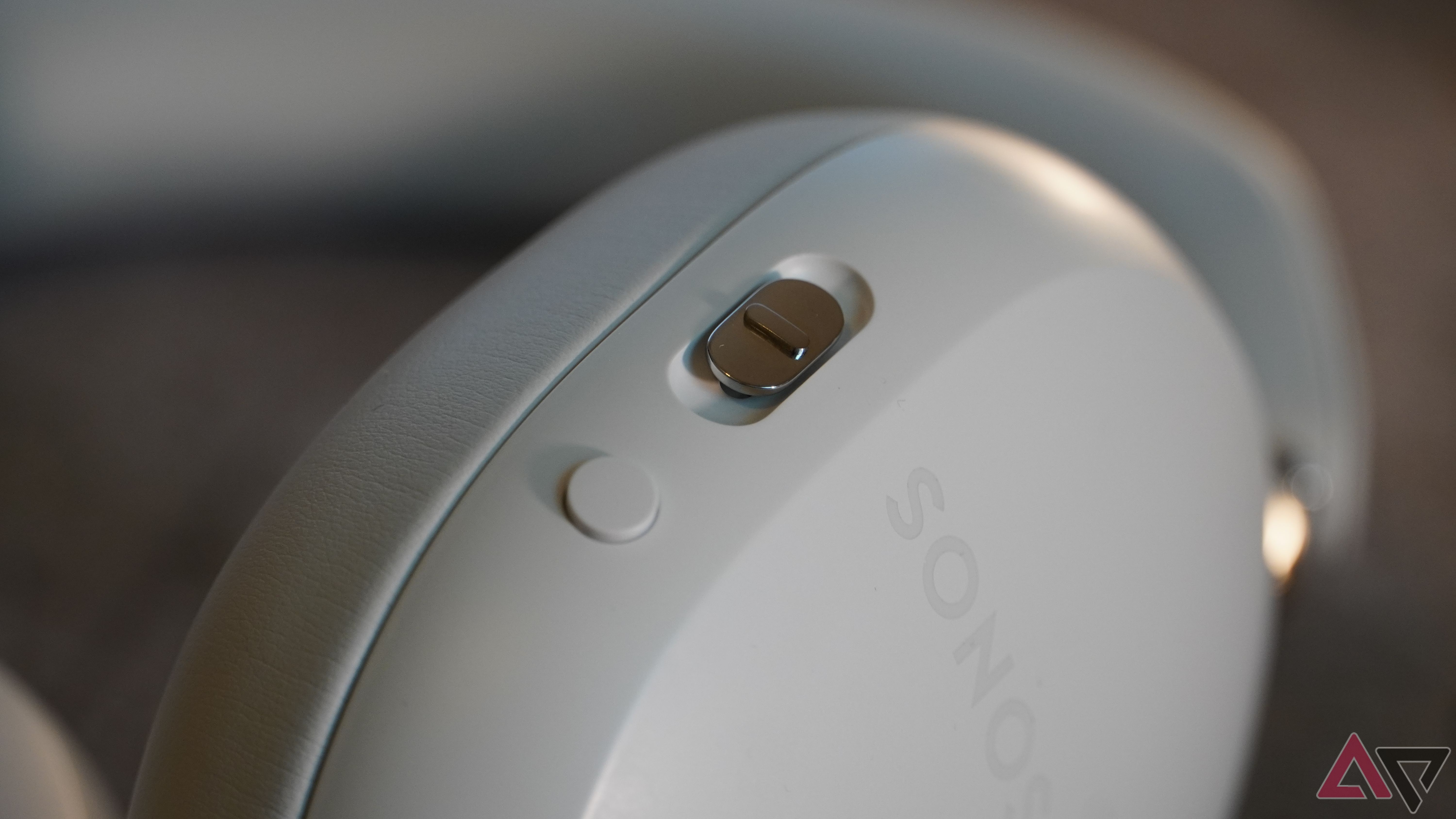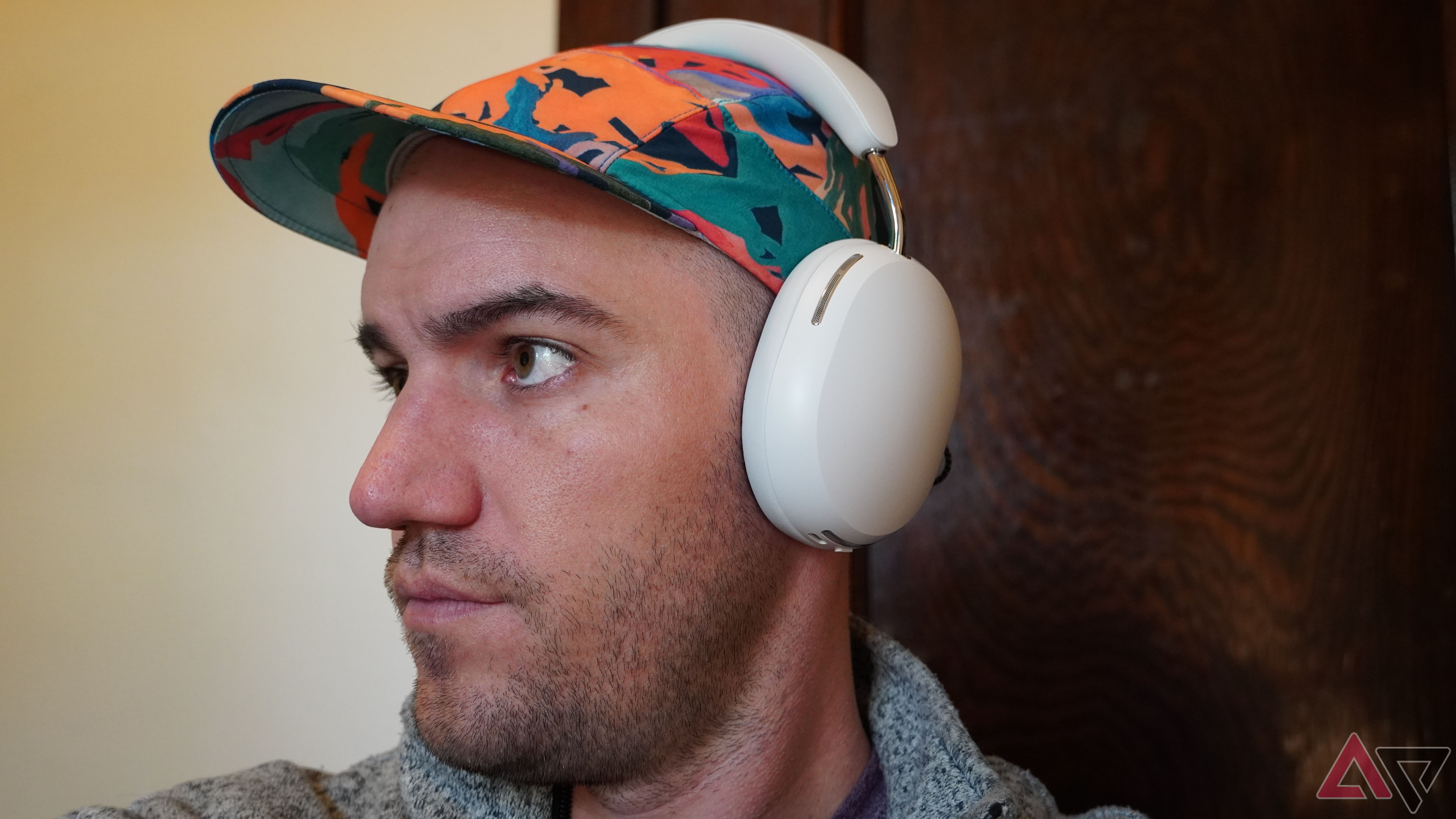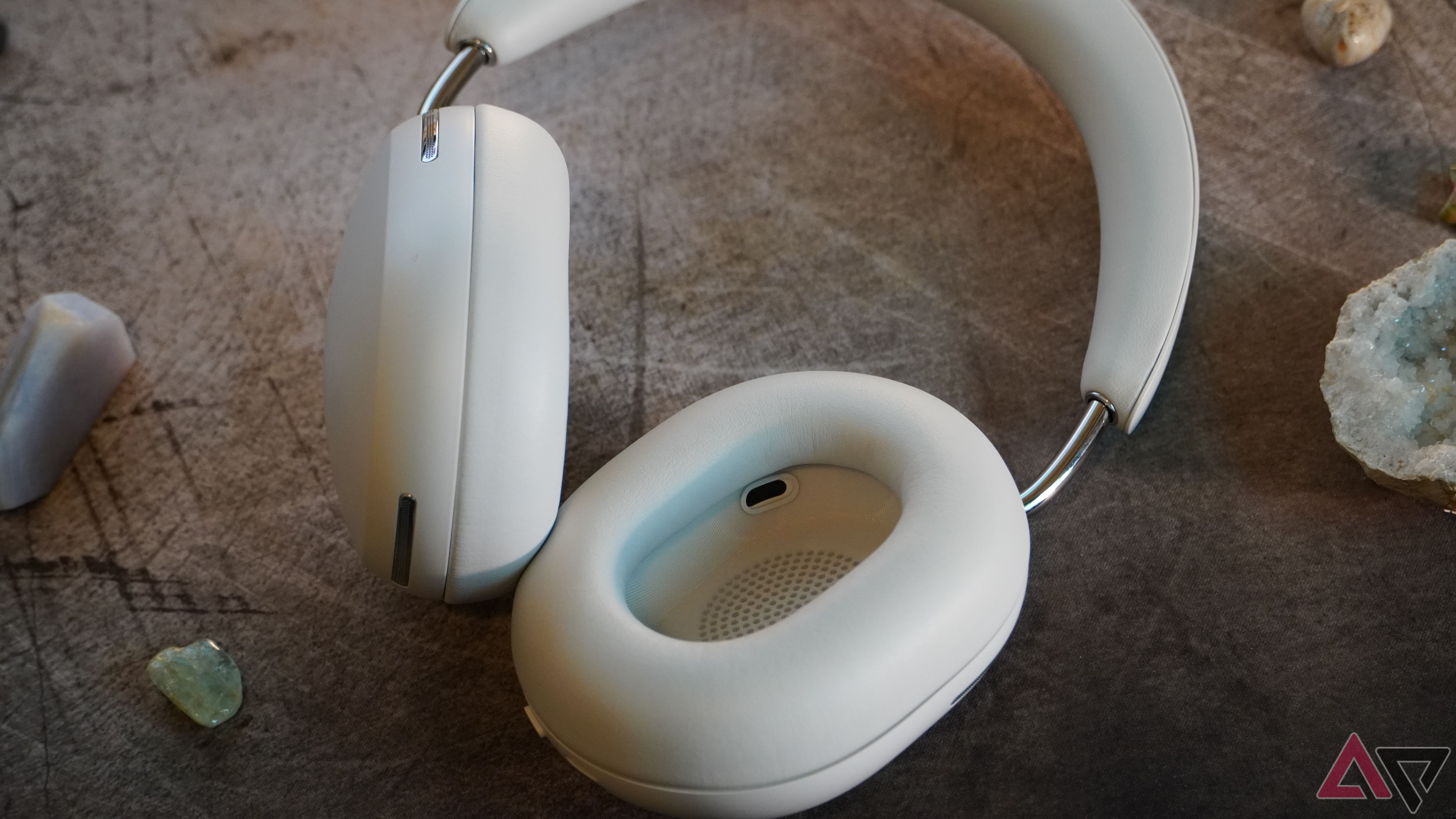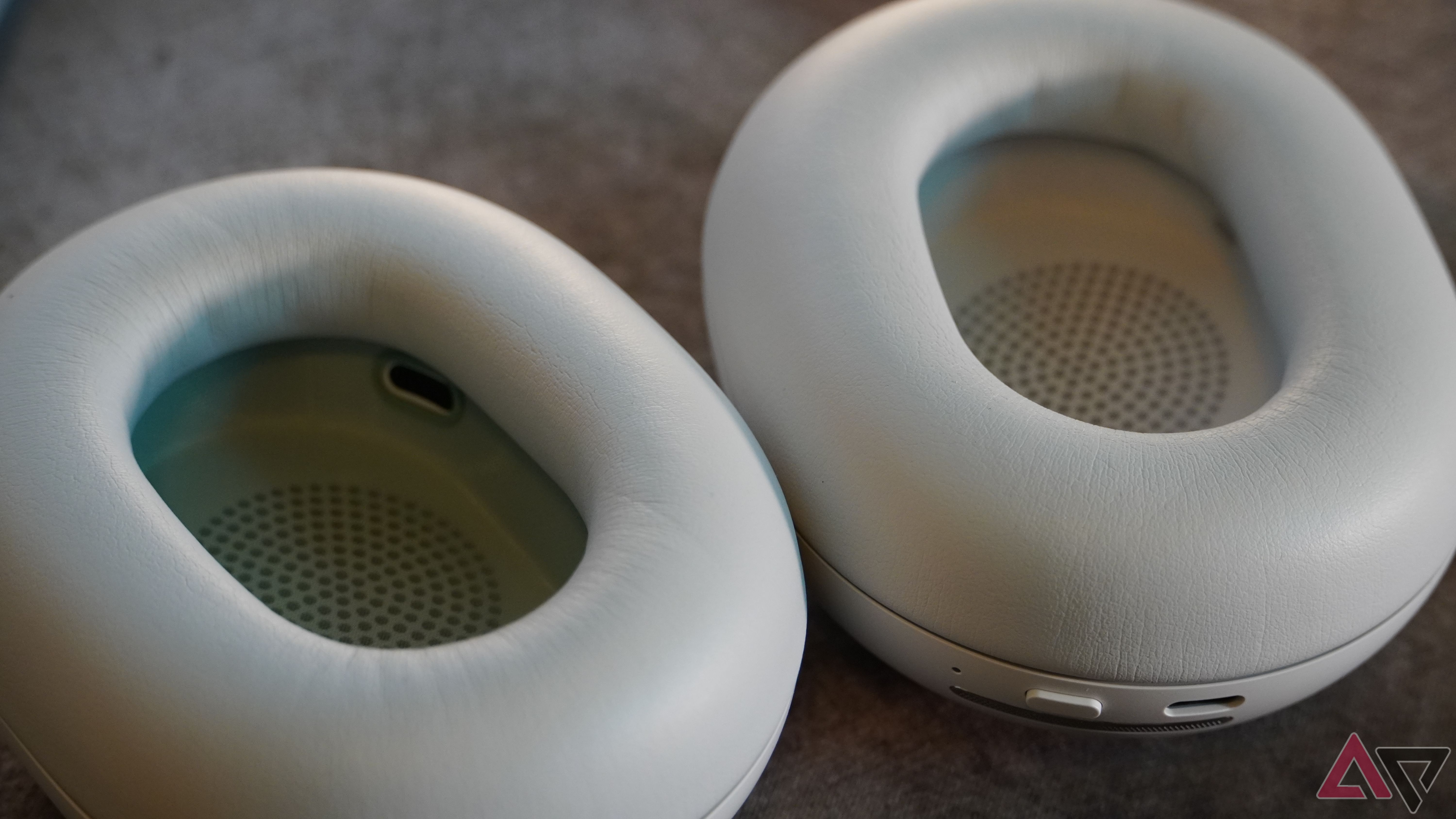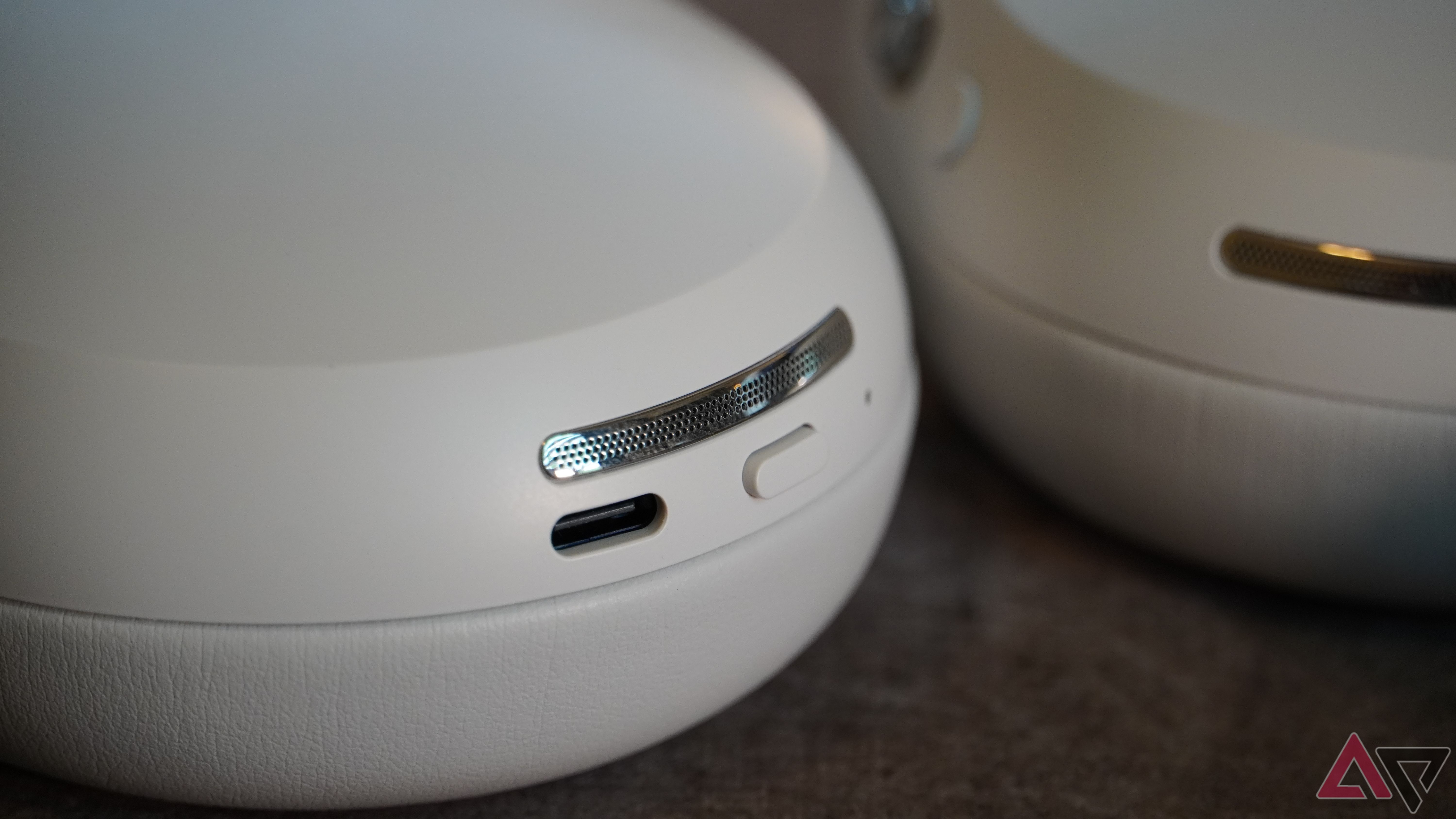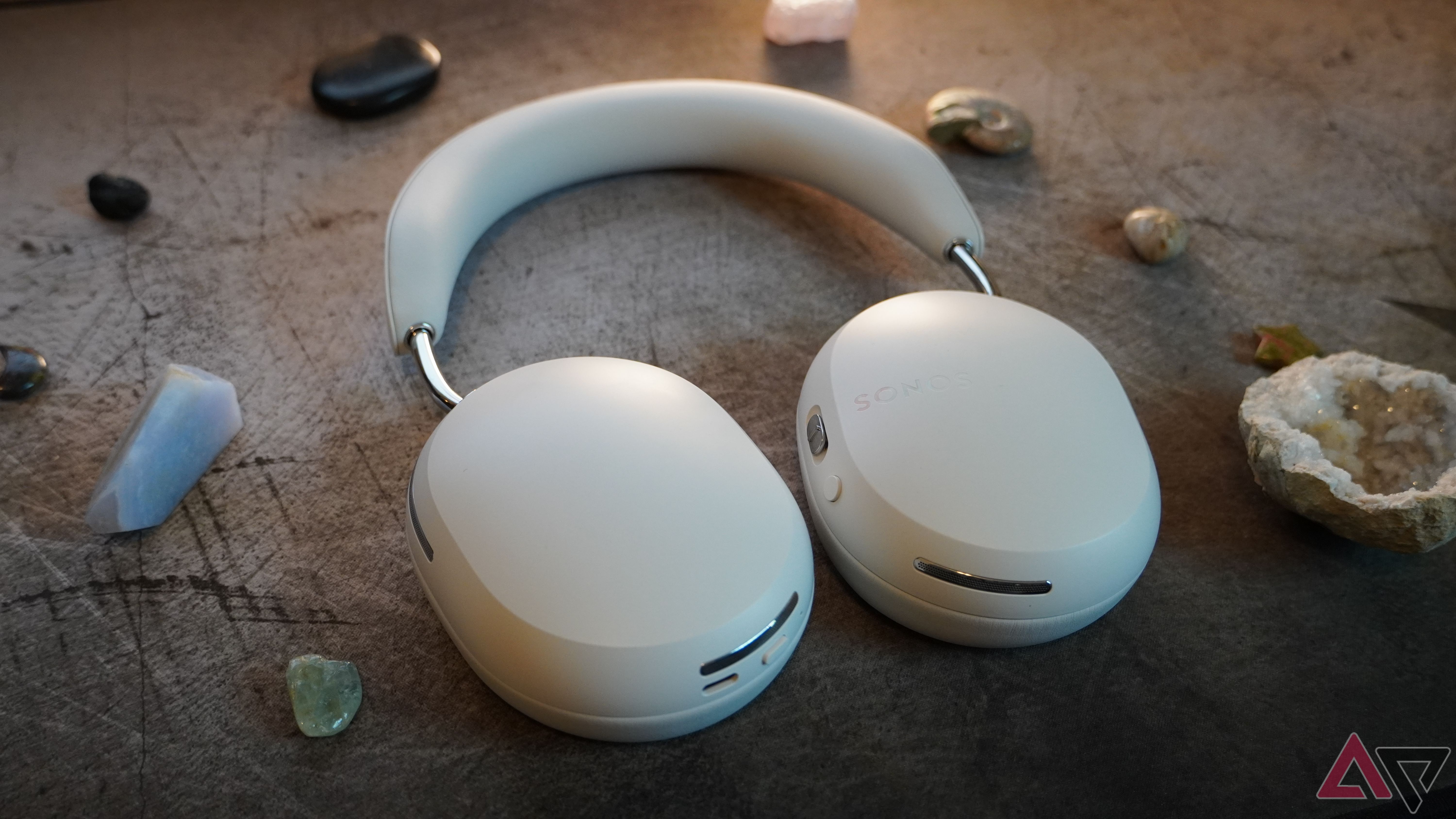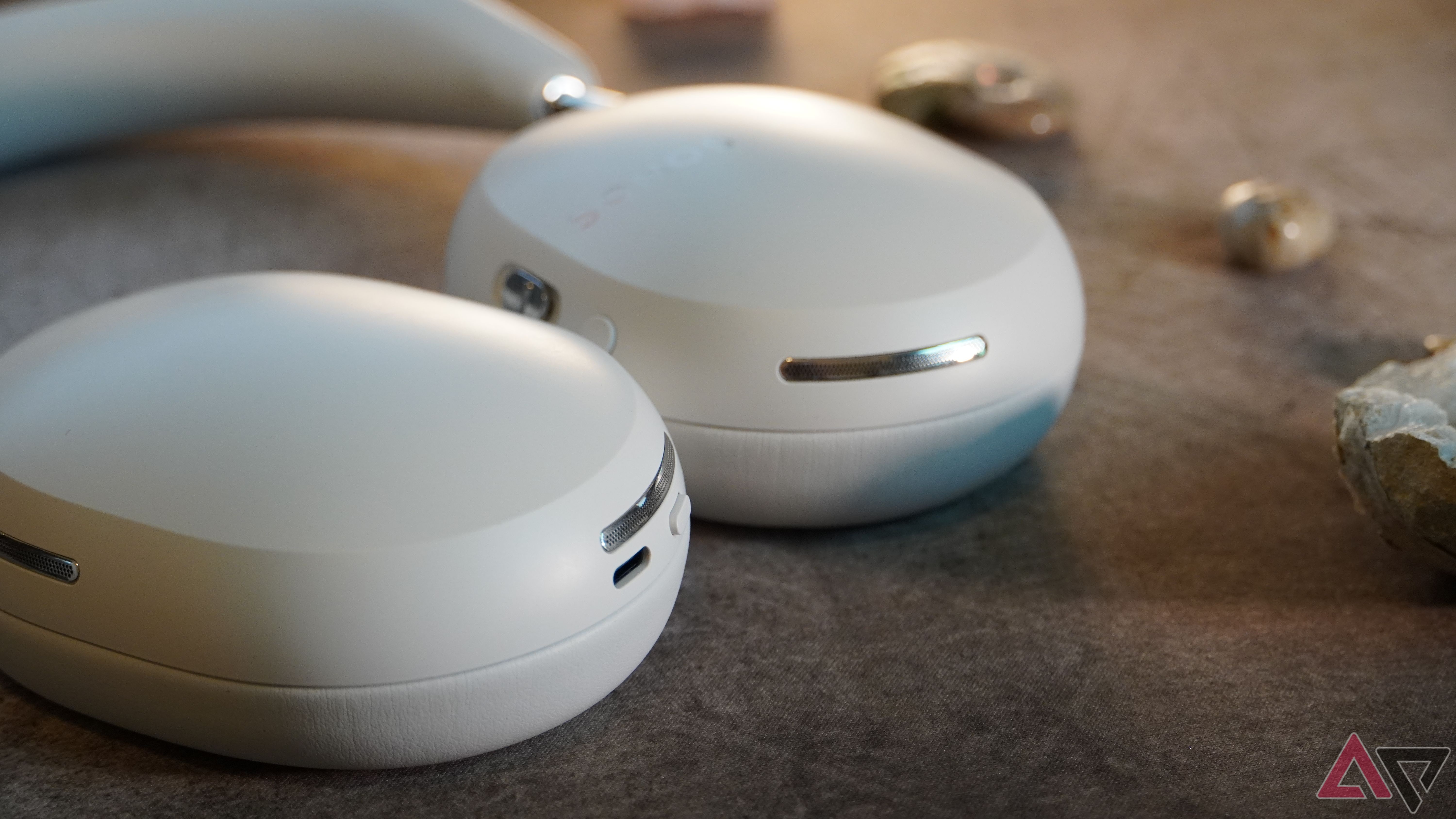Sonos has already staked its claim in and around the home with its portfolio of home theater, general listening, and portable speakers, many of which can work together in either whole-home setups or even in connected surround. The Sonos Ace are a new addition to the family and the first wireless headphones from the company.
While they offer something very different, with individual listening in mind, they still have some tricks for integrating with the rest of Sonos’s product ecosystem, making them a unique option in a crowded market. However, at $450, they really need to prove themselves against ferocious competition.
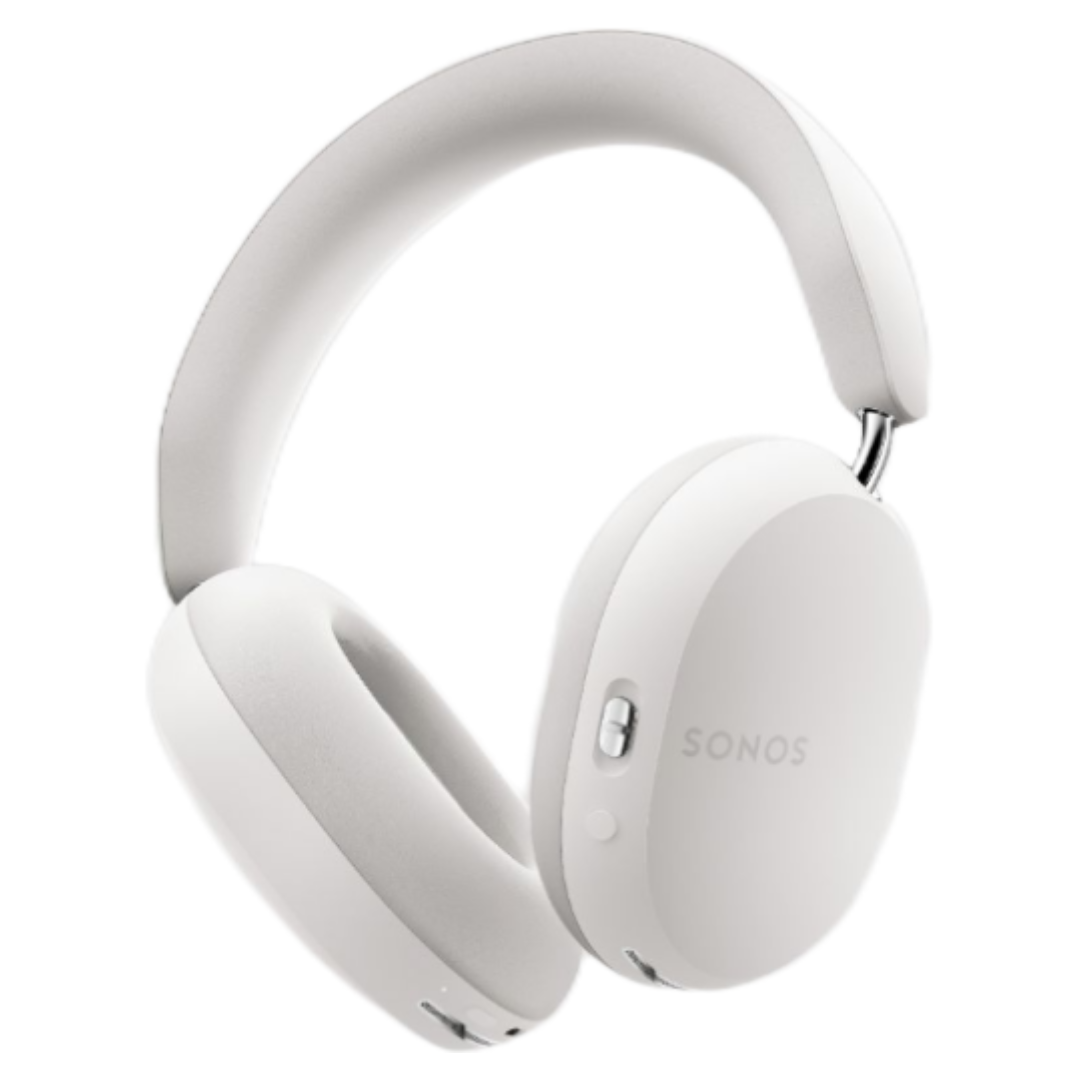
Sonos Ace
The Sonos Ace are an astounding first-generation product. They combine Sonos’ strong reputation for great audio with a new-found knack for ambient noise control. They instantly leap to rank among the best ANC headphones out there, and their audio pass-through feature is even more impressive, feeling truly transparent. The price is hard to swallow, but it is probably worth the premium over Sony and Bose headphones for anyone already using Sonos home theater products. For everyone else, it may be just enough reason to stick with the old stalwarts of ANC excellence.
- Wonderful audio
- Brilliant ANC and pass-through sound
- Nifty handoff with Sonos soundbars
- Comfortable design
- Long battery life
- Expensive
- Limited compatibility and exclusive features
- A few bugs to work out
Price and availability
The Sonos Ace headphones, available in white or black, cost $450 from Sonos and Best Buy. While that price applies to individual units, Sonos also sells bundles. Two Sonos Ace headphones are available for $853, and a Sonos Arc soundbar with a pair of Sonos Ace is $1168.
Specifications
- Battery Life
- Up to 30 hours (ANC on)
Design, hardware, and what’s in the box
Simple and classy
Crack open the lid, and you’ll find the Sonos Ace are elegant, classy, and entirely understated. They’re not instantly iconic like the Apple AirPods Max, but instead follow the nondescript formula of Sony and Bose headphones, except almost to a greater extent because of the ever-so-subtle Sonos logo engraved into one earcup.
The design is polished and simple, relying on smooth curves at every turn. From the outside, the only hints at the premium nature of the product are the shimmering stainless steel yolk arms and the additional steel ports and accents. The rest of the headset is covered in soft leatherette or smooth, matte plastic. The Ace headphones look about as unassuming as Sonos’s soundbars. They don’t feel as regal as AirPods Max, but they don’t feel cheap either.
The headphones feature memory foam padding in their headband and ear cushions. Those cushions are held on magnetically, making them incredibly simple to remove and replace if needed. They also feature a fine mesh that spans the speaker drivers, helping to keep dust and debris out. The stainless steel arms that hold the earcups have a little over an inch of adjustment range, can swivel a bit over 90 degrees, and have a bit of pivot to conform to a variety of different heads. I found them fairly comfortable, though at 318 grams, they’re a little heavy and could stand to have a touch more cushion in the headband.
The Ace include onboard controls. The left side has a power button that can also initiate Bluetooth pairing when held for several seconds during power-up. The right earcup includes a multi-function button Sonos calls the Content Key. It slides up and down to control volume. Clicking it controls audio playback and phone calls. A long press engages one of the Ace’s special features, handing audio playback from a Sonos soundbar over to the headphones. There’s also a dedicated Noise Control button for the ANC and “Aware” transparency modes. The controls are fairly intuitive for anyone who’s used recent Bluetooth headphones.
While the Ace feature sensors to automatically pause audio when they’re removed, they lack some of the extra smarts that make some ANC headphones feel special. For instance, they don’t automatically pause or switch noise control modes if you start speaking. Sony’s hand-on-the-ear method for quickly activating transparency mode is a clever utility, but the Ace just rely on the Noise Control button for this control.
The Sonos Ace come with a hard, wool-like carrying case. Inside the case, you’ll also find a small pod for carrying the USB-C charging cable and a USB-C-to-AUX cable. That pod is cleverly held in place with magnets.
Audio and ANC
Great sound meets excellent ambient noise control
The Sonos Ace don’t fall short on audio potency. They effortlessly drive sound down into the sub-bass range, delivering some of the lowest notes humans can hear all while holding up the mids and treble. They deliver exceptionally punchy bass lines and present a wide enough soundstage to dig into some more complex arrangements, like those in Of Montreal’s Paralytic Stalks.
The link to my phone also proved strong. I never noticed any dropouts, and the high-fidelity codecs supported — aptX HD in the case of my Pixel 7 Pro — kept audio crisp without showing notable compression artifacts. That said, iOS devices only get AAC over Bluetooth, so can’t enjoy lossless audio wireless. The headphones do support lossless audio over USB-C or their 3.5mm-to-USB-C cable, though, so there’s at least flexibility there.
With a nice, tight seal around my ears, it’s easy to focus on the tunes, thanks to the powerful ANC. Sonos has undeniably jumped into the deep end like a seasoned diver, providing ANC that can erase much of the noise even from the unpredictable environment that is a cafe in the morning. A few sounds slip through, but overall, I can enjoy even subtleties in my music with the headphone volume set below 40% — no need to crank it just to drown out my surroundings.
Even in a much busier cafe setting, the ANC dramatically lowers the volume of the surroundings. Low droning from around 110Hz on down is practically eliminated, with the noise playing loudly out of nearby speakers and all but imperceptible inside the headphones.
It’s not just the ANC that stood out. The pass-through audio is simply astounding. It processed external sounds so naturally that I wouldn’t have known I was hearing things through headphones if I couldn’t feel them on my head. It wasn’t just that I could hear my surroundings either, but that I could also hear where sound was coming from with a good degree of accuracy. Wind could be a nuisance, but beyond that, the Aware Mode was truly impeccable.
The mics that do all the noise canceling and transparency are also pretty good at honing in on my voice. They don’t sound as good as a boom mic and have the slightly far-off quality of almost all Bluetooth headphones, but even with a ton of background noise, they focus in on my voice and get rid of nearly everything else with staggering success.
Features and app
A neat trick for the Sonos faithful
Beyond their ANC, the Sonos Ace don’t have many special features to try going beyond the base experience of solid audio. But they do have one big trick, and that’s the ability to have a Sonos home theater setup hand off its audio to the headphones for private listening.
The feature is called TV Audio Swap, and it’s an expensive way to achieve what Roku has been offering on many of its streaming devices for ages: letting users plug wired headphones into a Roku remote control to listen privately. However, Sonos has polished the trick.
For one, the Sonos Ace remains wireless while connected to the soundbar. It also supports spatial audio, like Dolby Atmos, and offers head tracking for further immersion. Surround content is convincing in this setup, and the Tie Fighter flyover in S1:E5 of Disney’s Andor had a powerful presentation through the Ace. It’s not as stunning an experience as a full home theater surround setup, but it’s nice not to have to give up juicy surround sound when others in the home have gone to bed, and you still want to enjoy a movie.
For now, it’s not a perfectly polished feature. I noticed the occasional blip in the connection throughout my use. This was unexpected given that the connection doesn’t rely on Bluetooth, but it remained a persistent little artifact during testing.
The head tracking feature also feels a little overplayed, shifting too much sound to one side or doing it a little too dramatically. Head tracking outside of the TV Audio Link feels a little smoother, though it can apply itself oddly (it activated while I was listening to a podcast and music, which are not the “Spatial Audio” content it’s meant to apply to).
When testing, the TV Audio Swap feature could only be set up using an iOS device and a Sonos Arc soundbar. Eventually, Android phones will be able to set it up. It will also eventually work with lower-tier soundbars like the Beam and Ray and could actually provide more immersion for anyone exclusively using a soundbar with their TV. That said, until it does reach more devices, it’s a special feature many won’t be able to take advantage of.
The Sonos app offers a few more features, but they’re not a big deal. There’s a custom EQ, but it just lets you boost bass or treble or shift the stereo balance — sorry, no 10-band equalizer. The app also lets you turn various features on or off, like ambient noise control, head tracking, and spatial audio.
In testing, I encountered a bug that locked my Android phone out of the Ace settings after I had set up the TV Audio Swap with an iPhone. The iPhone could still access settings. This is a known issue that should be addressed at launch.
Bluetooth Multipoint is available, though it isn’t enabled by default. This means you’ll have to manually switch between connected devices unless you go into Sonos’s app to enable it. That said, even if you leave it disabled, you don’t have to disconnect the currently paired device to swap connections. Instead, you can just connect from the second device, and the Ace will drop the existing connection.
Battery and charging
A marathon runner
With the Sonos Ace, you don’t have to worry about running short on battery. The headphones are rated to run for 30 hours with ANC or transparency active, and they show every hint of living up to that battery life, if not exceeding it. After two days of extensive use, the battery had only drained by 25%. And because the headphones are so good at blocking out external noise, allowing for low-volume listening, they can preserve some extra energy.
The headphones recharge over USB-C and can quickly charge to get 3 hours of playback after 3 minutes of charging. They also support audio over USB-C, so you can keep listening if you charge them from a phone, tablet, or computer that supports USB-C audio output. The included USB-C-to-C cable is a little short for the job, though.
Competition
ANC stalwarts have their say
The Sonos Ace coming in at $450 puts them in hot water because some of the best headphones out there are cheaper. The Sony WH-1000XM5 cans are $399 and are often on sale. They’re lighter, have robust ANC, and offer some smart extra features to toggle between ANC and transparency modes.
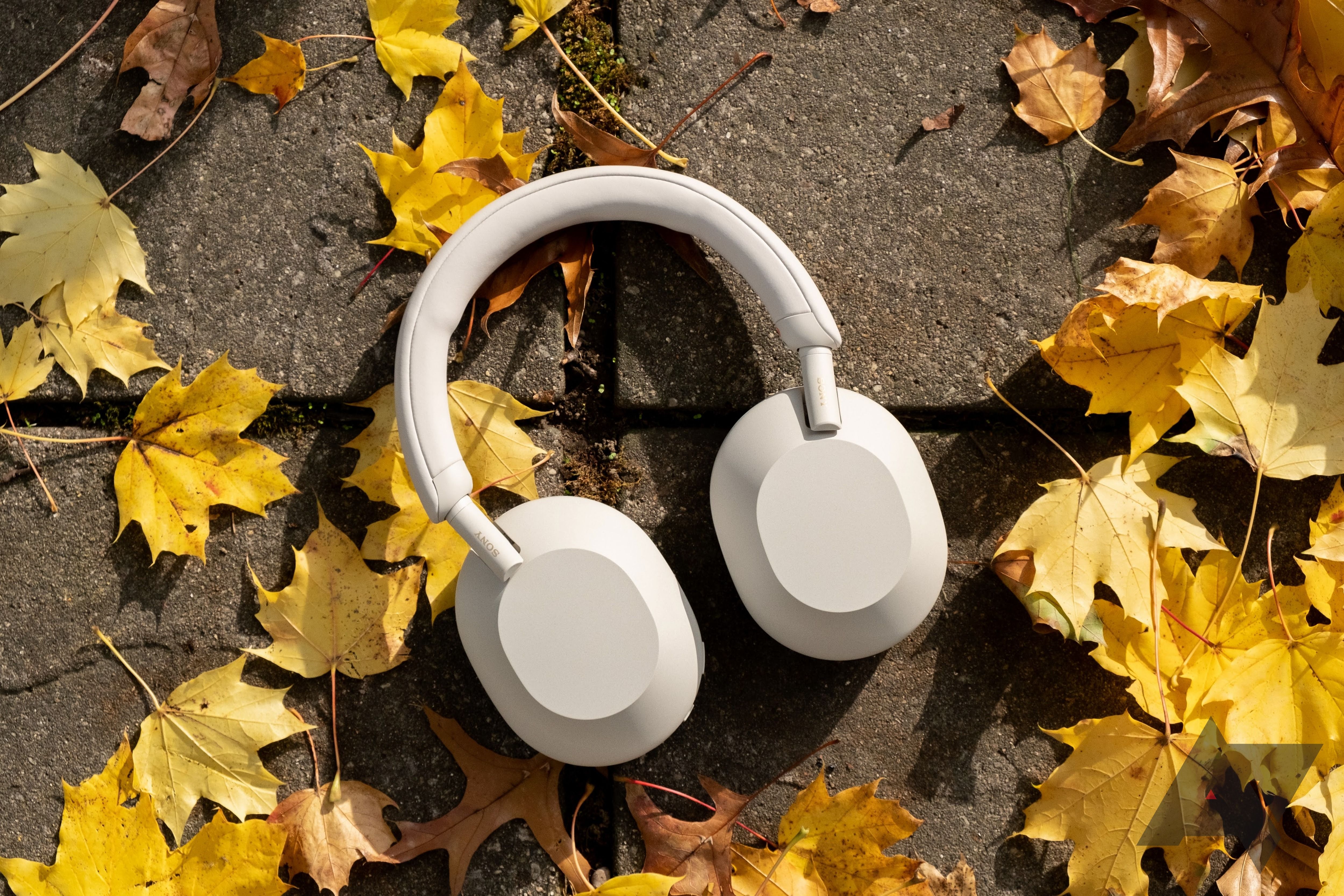
Sony WH-1000XM5 review: The ANC headphones to beat
Class-leading ANC, now in a prettier package
The Bose QuietComfort Ultra are a similar story, offering a quality design, comfort, and exceptional ambient noise control. That said, at $430, they’re only a little cheaper. Without doing side-by-side testing of these two alternatives to see who really is the ANC and transparency champ, it’s hard to say if the Sonos Ace can really stand above and justify its extra price.
The Sonos Ace does provide extra value for users already in the Sonos hardware ecosystem, but for many shoppers, the Bose and Sony options will probably make more sense. At least Sonos has an edge or two on Apple’s AirPods Max — considerably lighter, lower price, longer battery life, more extensive codec support, USB-C charging, and a carrying case that actually encloses the headphones.
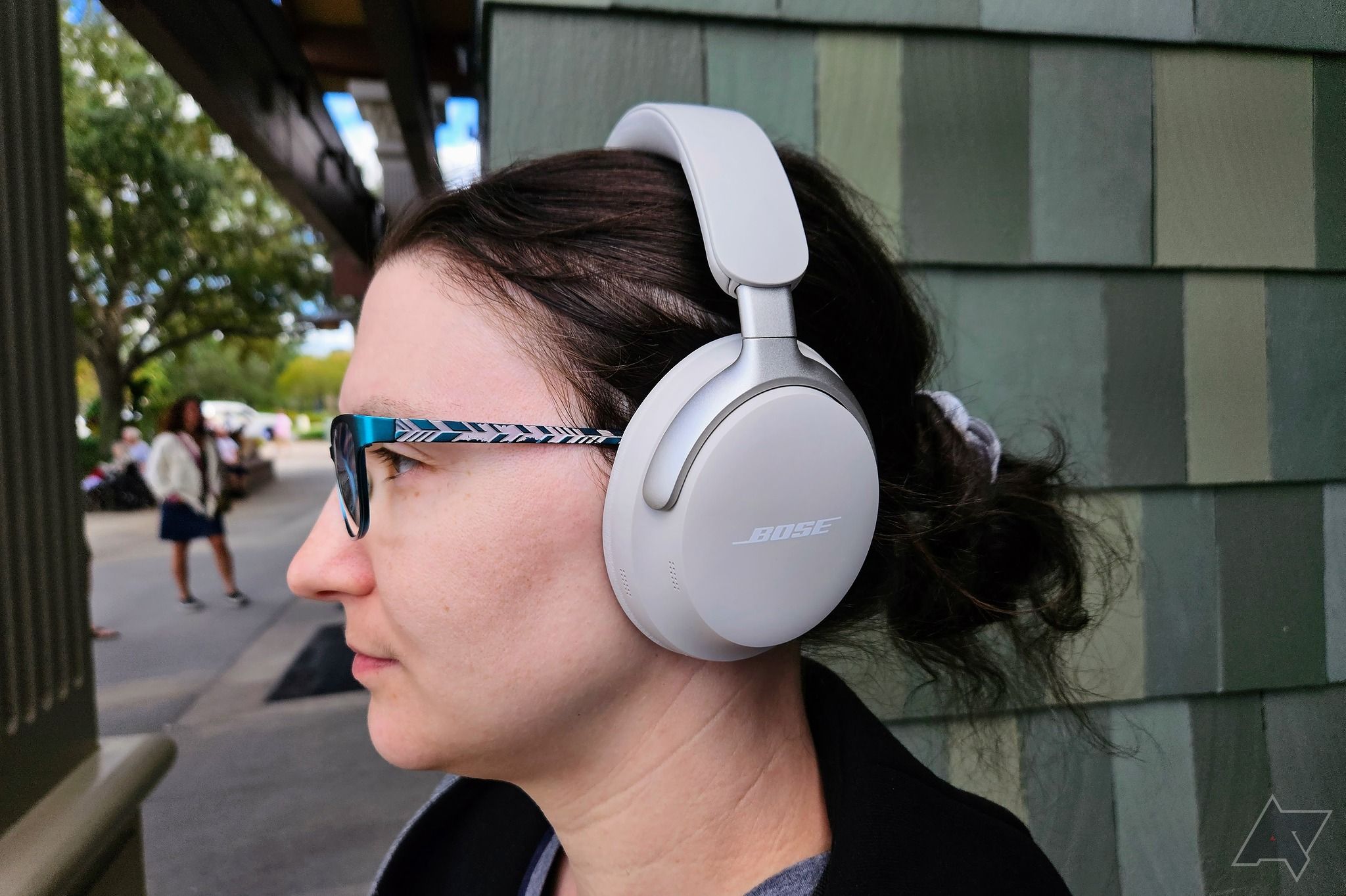
Bose QuietComfort Ultra Headphones review: Paying for near perfection
Don’t just block out the world; refill it with rich stereo sound
Should you buy them?
If you’re a Sonos customer or plan to be, the Sonos Ace will be an exciting addition to your hardware ecosystem. Not only do they offer a compelling feature for private theater listening at home, but they offer great audio on the go paired with exceptional ambient noise controls. It’s really amazing how well Sonos did with a first-generation product in a new hardware category. Hopefully, it doesn’t take Sonos long to finish expanding compatibility to more of its soundbars and Android devices.
All that said, anyone who’s not already bought into Sonos’s soundbar systems may be better served by sticking with Sony or Bose. They both offer excellent audio and some of the best ANC in the business. You won’t miss out on much, and you’ll save a little money in the process. Plus, the lighter weight of those headphones compared to the Ace could make a difference in long-term comfort for some users.

Sonos Ace
Great sound, powerful ANC, and a neat trick for Sonos owners make these an impressive first foray into the headphone market for Sonos.

Best wireless headphones in 2024
Good wireless headphones are an investment — here are all your best options




